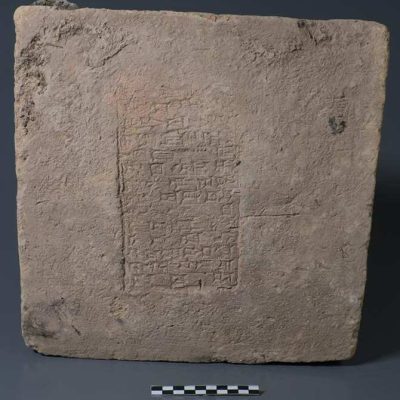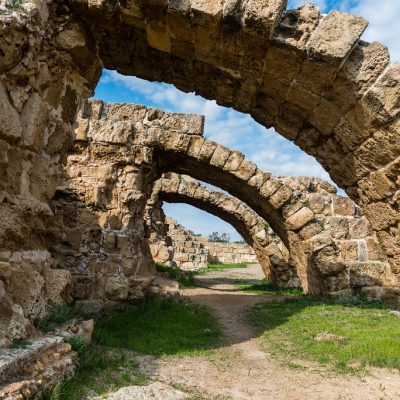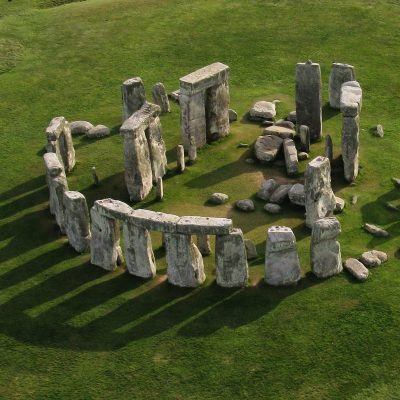The latest discoveries in Gibraltar are shifting the knowledge that archaeologists have about cave art. It turns out that the Neanderthals decorated their caves with wall engravings around 39,000 years ago, which was previously thought to be a practice only used by modern humans. An international team of researchers has found cross-shaped engravings in a cave in Gibraltar that are at least 39,000 years old and are attributed to the time of the Neanderthals. The archaeologists who made the discovery, Ruth Blasco and Clive Finlayson, along with their team from the Gibraltar Museum, believe that the engravings were intentionally made and not accidental or of natural origin.
The engravings were found in the Gorham Cave in Gibraltar, which has long been known as a former dwelling place of Neanderthals. The scientists discovered the unremarkable engravings on a platform about one square meter in size, located 40 centimeters above the level of the cave floor at that time. The researchers dated the bottom layer above the engraving to around 39,000 years ago using geochemical analysis, which means that the engravings themselves must be older. At that time, modern humans had not yet arrived in the area, according to the experts in the Proceedings of the US National Academy of Sciences.
To rule out the possibility that the engravings were accidental patterns that could have been created during everyday work, the archaeologists conducted an experiment. They cut pigskin with tools from that time, which left traces on the rock, but they were not as deep as the engravings. To leave engravings with the same depth in the rock, the archaeologists needed 54 powerful cuts with the tools of the Moustérien culture. To copy the drawing, consisting of eight large and five smaller grooves, they needed between 188 and 317 cuts.
“We conclude that these engravings represent an intentional pattern, designed to be seen by its Neanderthal creator and, given its size and location, by others in the cave,” the research team wrote. According to the researchers’ findings, phosphorus and manganese ions migrated from the top layer into the top layer of limestone. Magnesium and calcium from the deeper limestone then reached the surface, which hardened the limestone and preserved the engravings particularly well.









